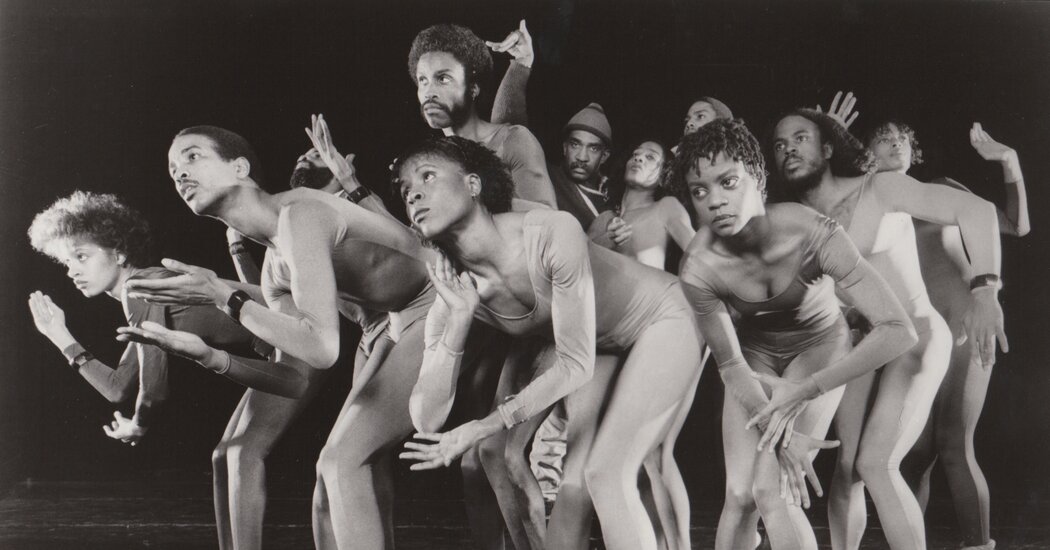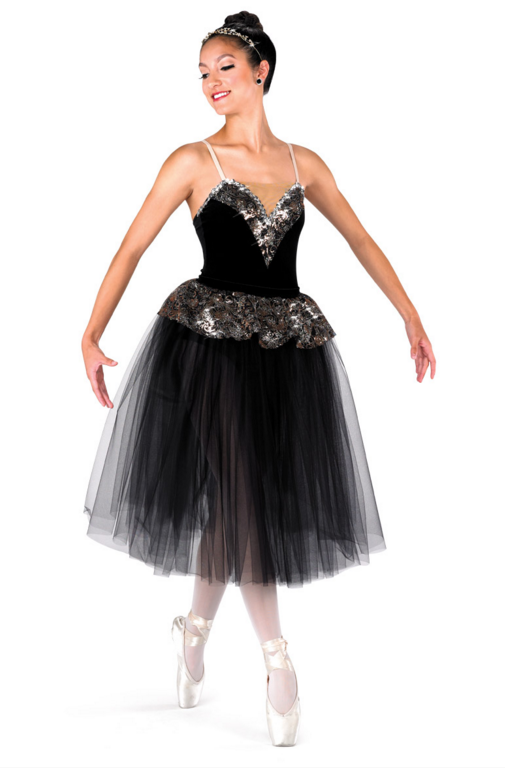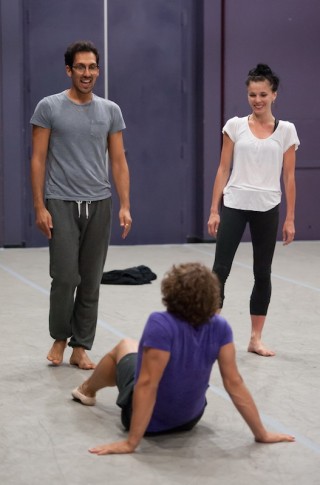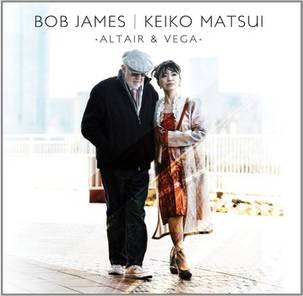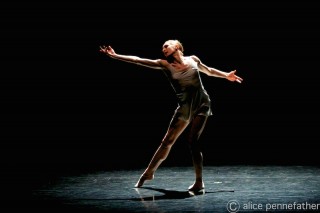How Burlesque Dancing Helped Me Survive Perimenopause
[ad_1]
It all started when the mammogram lady asked me the date of my most recent period. I searched — desperately — for a memory of tampons. Nothing.
“Just roughly,” she said into the silence.
“Eight months ago?” I blurted, knowing it was longer than that. “Is that bad?”
“No, that’s about right for your age.”
“Perimenopause,” she said. “Take a seat please.”
I am the first to admit that I don’t know nearly enough about the ins and outs of my body. I’m not proud of this. But I blame the nuns. Well, one nun in particular: Sister Redempta, my 12th grade biology teacher.
“It’s your souls you need to worry about,” she’d said after instructing us to draw a line through “Chapter 5: The Human Body” in our textbook. “Use a ruler.”
When someone asked — very bravely, I thought — how we would learn about our reproductive system, Sister said all we needed to know was that intercourse existed purely for procreation. And doing it before marriage was a one-way ticket to hell.
“Your body is a temple,” she’d said, from the safety of her navy blue habit. And this meant never, ever, under any circumstances, bringing attention to it — especially to the female bits, like breasts and hips. Besides, she scowled, physical beauty was fleeting. And wasting time on pursuing it, sinful.
“Remember Delilah?” We all knew things had not ended well for Delilah.
My social awkwardness and love of the library made it easy to follow Sister Redempta’s guidelines for good living. By the time I was 23, I was still a virgin who wore overalls and sensible shoes, possessed no makeup and cut my own hair. Not too long after that, I fell into marriage and motherhood, still largely oblivious to the workings of my body.
But now there’s Google. While I waited for the mammogram lady to call my name, I typed “perimenopause” into my iPhone. And there it was, all the madness of the past two years.
It had started in my mid-40s with a kind of sadness that had slithered up my spine, keeping me awake at night. This was immediately followed by guilt. I had a husband who loved me, children who were healthy and magnolia trees in the garden, for God’s sake. What right did I have to be sad?
Then the tears arrived. So many tears. I’d catch a glimpse of myself in the rearview mirror. Tears. Leonard Cohen would play on the radio. Tears. Sunset. Tears. What the hell?
The night sweats started around the same time. At first, I’d thought they were nightmares; I’d had those as a child. But then they arrived during the day, too. I’d be at Safeway, putting mushrooms in a paper bag, and I’d start burning up, wanting to rip off my clothes right there in the fresh produce section.
Next came the inexplicable urge to just get in the minivan and drive. Anywhere. And never come back. I thought I might be going insane. But I had just been given a name for all the crazy shit going on inside me: perimenopause.
I was reading about estrogen on my phone when a little box popped up on the screen. “Burlesque Classes!” The letters were sparkly. I took a screenshot just as the mammogram lady called my name.
Two nights later, after loading the dishwasher and feeding the dog, I hopped into the minivan and crossed the bridge. I had signed up for the classes online, right after my mammogram. I had no idea what we’d be doing, but I’d seen the movie “Burlesque.” Christina Aguilera and Cher seemed to be having a good time. Besides, it would give me an excuse to escape the suburbs, even for just a few hours.
I tippy-toed up the linoleum steps into a studio with hardwood floors and velveteen sofas — into a new world.
There were seven of us: six in their 20s and me, 47. Our instructor, Melody, had flame-red hair and a snake tattoo wrapped around her left thigh. And she was mesmerizing. She told us about bold women through the ages who had thumbed their noses at society’s rules for how they should behave.
Melody demonstrated hip rotations. Everyone else’s hips moved. Mine remained piously rigid.
And then it was the “peel,” where a dancer sensually removes an item of clothing like a glove. I watched in awe as Melody took off her stockings with her fingers, her toes, her teeth! I had never worn stockings, and putting them on was hard enough. Now I had to take them off? To music?
Over the next few weeks, I destroyed 20 pairs of London Drugs thigh-highs. And then one night I did it. It wasn’t sexy. Or pretty. But I didn’t fall over. The last time I’d felt this proud was right after childbirth. That night, back in my little cottage in the suburbs, I slept for the first time in years. No weeping. No night sweats. Pure, glorious sleep.
In the fourth week, with no warning, Melody handed us each two tiny sparkly circles, with sequins and tassels.
“Tops off, ladies,” she said, pulling her shirt over her head. I tried not to stare at her perky pasties.
This was when I discovered that our classes would be culminating in a performance, on stage, during which we would peel off our clothes, one item at a time, to reveal, finally, our pasties. Simply put, I would be exposing my middle-aged boobs to an entire theater of strangers. Sweet Jesus.
The peculiar thing about this whole adventure was that, despite being twice the age of the other dancers, I never felt old. In the world of burlesque, age is revered — unlike in real life, where women nearing 50 are expected to slip quietly into invisibility. Many burlesque legends, I learned, performed into their 70s and beyond, to standing ovations and raucous adulation.
Despite my awkwardness, I could not wait for Wednesday nights. I adored the girls. They showed me how to do my makeup, curl my hair, glue my lashes. They even taught me how to create the illusion of cleavage using glitter.
I ran into an old friend at Safeway one morning. “Have you had Botox?” she whispered. “You’re, like, glowing.”
I smiled demurely, shook my head no, and thanked her. I wish I’d had the courage to tell her the truth: that the glow came from dancing nearly naked. But I had told no one what I was doing. Good wives, responsible mothers, did not undress in public. I assumed it would be a once-in-a-blue-moon thing anyway. That’s how I arrived at my stage name, Luna Blue.
Twelve weeks after my mammogram, I found myself backstage, wearing my 17-year-old daughter’s little black dress, sheer thigh-high stockings, stilettos, and black satin Audrey Hepburn gloves.
The music started. Holy Mary, Mother of God. I stepped into the spotlight.
The gloves went first. Then the heels. Next were the stockings. I didn’t fall over! I reached behind to unzip the little black dress, revealing the scarlet corset that was more expensive than anything I’d ever owned. Finally, it was time to remove my little black bra, with its red satin ribbons. I closed my eyes. Please Jesus, don’t let me lose a pastie.
With the final beat of the music, unable to delay any longer, I tossed the bra in the air. The audience went wild. And just like that, the fear was gone. I felt beautiful.
I was invited to perform again. In different venues around the city. “Once-in-a-blue-moon” be damned.
And something even more unexpected happened: The tears stopped. The odd spectacular sunset still made me weepy. But “Hallelujah” no longer sent me into convulsions. I was still sometimes overcome by hot flashes while doing the laundry or walking the dog. But not once did I have a flash while dancing. And I stopped dreading bedtime, because I could sleep.
My daughter turned out to be thrilled upon discovering that her little black dress was being used around town. We were driving home from school one day when I told her about Luna Blue. There was a moment’s silence. And then she said, “You know, Mom, most people, when they have a midlife crisis, they get a fast car.”
With all the wisdom of a 17-year-old, she added, “But if burlesque makes you happy, you should do it.” So simple.
That’s exactly what burlesque had done: made me happy. It also challenged some of my most deeply held beliefs about what it means to be a “good” person by showing me that my body was a source of pleasure and delight, something to be celebrated.
One night, almost a year after that first performance, I waited in the wings at the opening of a new club.
“Luna Blue,” the emcee announced, and I made my way — slowly — toward an old Ikea chair that I’d painted white for the occasion. Rod Stewart started singing “I Wish You Love,” and I looked at the crowd from under my fake lashes.
I untied the halter ribbons, tugging them loose. I had bought this dress in the old-lady section of Sears. It was deep purple and flowed to the floor in elegant folds. In a little circle I danced, finally turning my back to the crowd as I shimmied out of it.
Though my hips still refused to rotate, I was learning to understand my body. To listen to it. Adore it. And the beauty of burlesque, I discovered, was that there was no right or wrong way of doing it. No ideal body or dance style. All it demanded was the naked truth, in all its glory.
As Rod sang about the “shelter from the storm, a cozy fire to keep you warm,” I turned back toward the audience, holding the purple fabric in front of me — the final tease. Directly in front of me stood a young woman, eyes sparkling, smiling. She reached one hand toward me. I stepped toward her, our fingers almost touching. Energy vibrated between us.
As the music ended and the applause began, I ran my fingertips across the length of my body. Yes, Sister Redempta, my body is a temple — a magnificent temple indeed.
Do you have a compelling personal story you’d like to see published on HuffPost? Find out what we’re looking for here and send us a pitch.
[ad_2]
Source link






